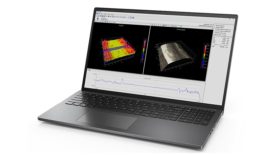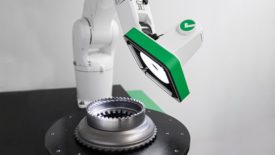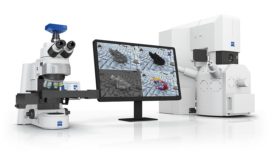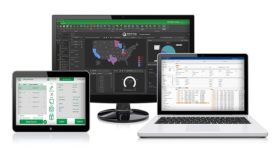Software
Software
Software helps see inside a lights out process
Remote oversight supports processes that cannot by nature be closed loop controlled.
December 31, 2023
Software
AI and Automation Technologies Converge to Simplify Automated Visual Inspection
Machine vision, AI, robotics, and intelligent inspection planning technologies working in synergy help democratize industrial automation systems.
December 29, 2023
Software & Analysis
Next Steps for Digitalized Quality on the Frontline
Manufacturers looking at replacing paper-based quality processes are being presented with a much broader and more effective set of technologies than ever before.
December 28, 2023
Software & Analysis
Overcoming Quality Challenges Using AI-Powered Connected Microscopy
Integration of the latest artificial intelligence technologies enable even deeper insights.
December 28, 2023
Software & Analysis
Will AI Kill SPC?
Challenges and opportunities for manufacturers applying AI in their business.
December 18, 2023
Software & Analysis
Quality 4.0: Learning quality control, the evolution of statistical quality control
Learning quality control (LQC) is a process monitoring system based on machine learning and deep learning.
November 22, 2023
Software & Analysis
3 Software Trends Shaping Manufacturing
Quality professionals need to be concerned with software outside the realm of enterprise quality management systems (EQMS).
November 15, 2023
Software
3 Ways Manufacturers Do More with Less
Imagine having an ERP system built specifically for your business.
November 3, 2023
Stay in the know with Quality’s comprehensive coverage of
the manufacturing and metrology industries.
eNewsletter | Website | eMagazine
JOIN TODAY!Copyright ©2024. All Rights Reserved BNP Media.
Design, CMS, Hosting & Web Development :: ePublishing










